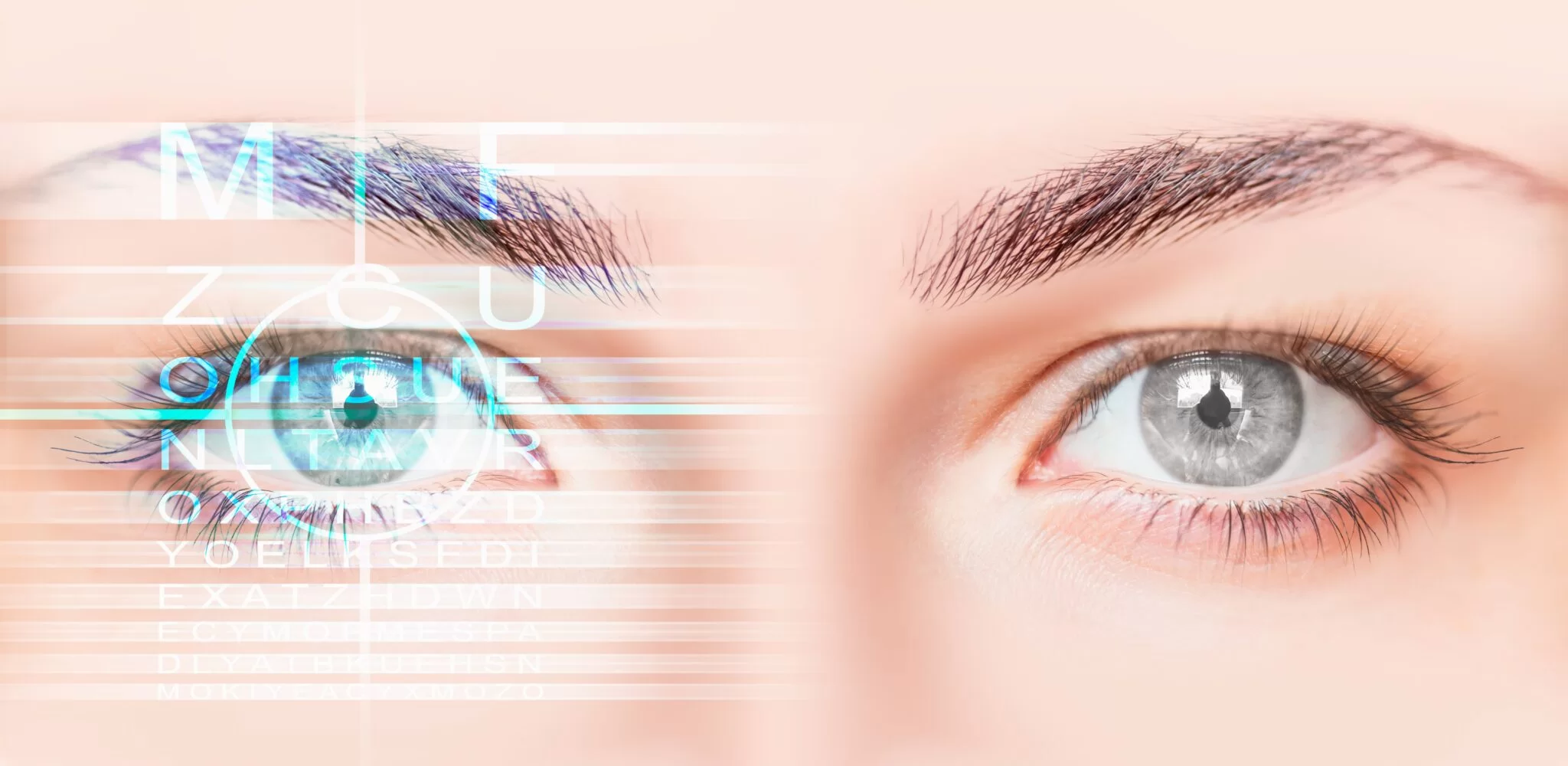QUICK APPOINTMENT FORM

What is Refractive Lens Exchange?
It is the removal of our own natural lens in our eye and placing a thin lens into the eye instead. The lens, which is placed in place of our natural lens in our eye, is adjusted to a degree that eliminates the need for you to wear glasses. These lenses, which remain safely in your eyes throughout your life, are not followed up like contact lenses during the day, special care or feeling these lenses in the eye is absolutely out of the question.
Who Can Refractive Lens Replacement Be Performed?
Many treatment methods are used today to correct refractive errors such as myopia, hyperopia and astigmatism. These include excimer laser (iLASIK, LASEK, PRK), astigmatic keratotomy, refractive lens exchange, and many other methods. The most preferred method among these methods is excimer laser (iLASIK, LASEK, PRK), also known as laser treatment. However, laser treatment requires a certain age level, an ideal corneal thickness, corneal map and a certain eye number. Excimer laser treatment may not always be the ideal treatment for your eye, so other alternative treatment methods have been developed for these eyes. Among these, one of the safest, permanent and stable treatment methods is refractive lens replacement.
How to Evaluate Before Refractive Lens Exchange Operation?
Your doctor will first evaluate your vision level and determine your spectacle numbers. After this evaluation, a biometry measurement will be taken to determine the number of the lens to be placed in the eye. While taking this measurement, our staff will tell you to look straight ahead after numbing your eye with drops, and your lens numbers will be determined within minutes and after a short procedure.
Is There Any Harm If I Have Laser Operation After Refractive Lens Exchange?
There is no harm in having a laser operation after refractive lens exchange operation.
Is Cataract Operation Necessary After Refractive Lens Exchange?
Since your own natural lens in your eye is removed, there is absolutely no possibility of a lifelong cataract operation.
What should I pay attention to before the operation?
Aspirin, coumadin, etc. derivative blood thinners should be stopped days before the operation. Our anaesthesia doctor will inform you about the fasting period by contacting our patients who will receive general anaesthesia. Local anaesthesia is generally preferred. There is no harm for our patients who will receive local anaesthesia to have a light breakfast or meal.
How will the operation be performed?
You will be given sedative medication in your room before the operation. The operation can be performed under local anaesthesia and sedation. In other words, your doctor will instill local anaesthetic drops so that you do not move your eye and do not feel pain. Generally, no pain is felt during the operation, only a slight touching sensation may be felt. Patients under local anaesthesia will be awake and can communicate with the doctor.
After your eye is sterilised, a small device will be inserted to keep the eyelids open. During the operation, a small incision is made in the cornea of your eye. With the phaco device, your existing lens is removed and replaced with a transparent lens that will save you from your glasses. No stitches are placed in your eye except in special cases. The operation takes approximately 5-10 minutes.
How will I feel after the operation?
After the operation, you will be taken to your room for rest. There is no harm in going home after a few hours of rest. Your eye will remain closed on the day of the operation. There may be pain and stinging sensation during the time your eye is closed, it is normal. There is no harm in taking painkillers.
You will come for a follow-up 1 day after the operation and the drops you need to use will be described to you. After the operation, redness in your eye, especially in the first days; watering, sensitivity to light may develop.
Blurred vision may continue for a few weeks, wavy vision, blurred vision may continue during the day. When you use your drops, these symptoms will disappear in the following days. Never rub your eyes by pressing, be careful not to miss water and soap in the first days.
What are the Risks of Refractive Lens Replacement Surgery?
After the operation, you will get rid of being dependent on your glasses as before. Your astigmatism, myopia or hyperopia will be treated with a lens placed in the eye. The degree of the lens to be placed in the eye is determined by biometry measurement performed before the operation.
Each eye degree and structure is different from each other. If astigmatism or myopia-hypermetropia remains, there is no harm in having a second session of excimer laser treatment.
However, your doctor will inform you about this issue by evaluating the corneal thickness and map with measurements such as detailed corneal topography and pachymetry. You definitely do not carry the risk of cataract development in your future life. The lens placed in your eye during the operation will clarify your distance vision.
What is the price of refractive (clear) lens replacement?
Refractive (clear) lens replacement prices vary depending on the underlying cause and the lens to be used. The treatment plan that our specialist ophthalmologist will create depending on the lens replacement after a detailed examination may vary from person to person.
Please click here to read our article with the list of intraocular lens surgery 2025 prices.
The above information is for informational purposes. If you have any medical concerns or questions, please make an appointment with our ophthalmologists.



















